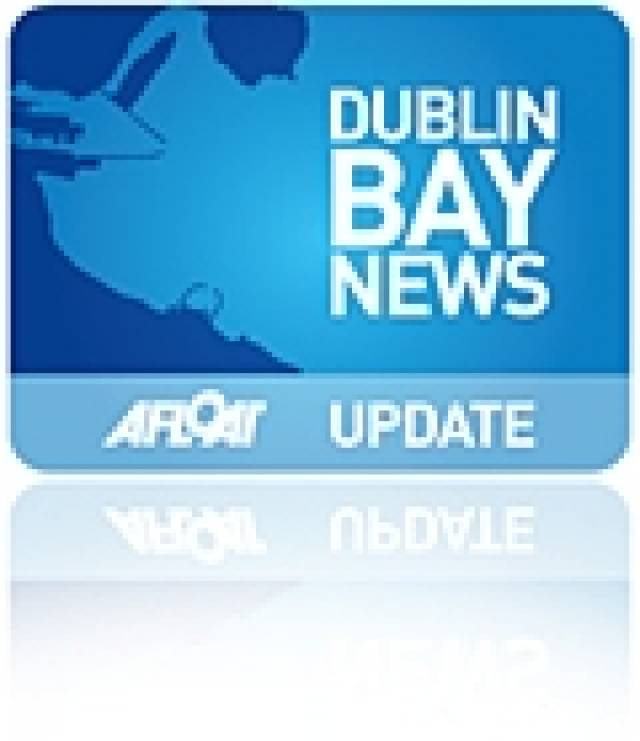#BERTHS – Dun Laoghaire Harbour Company plans to double pleasure craft moorings at the Coal Harbour area of the east coast port by providing up to 150 public berths on floating pontoons.
The company sought expressions of interest earlier this month from a variety of parties including local clubs and businesses to develop and manage the project located in the inner harbour area near the fishing fleet berths at Trader's Wharf.
If the new pontoon facility goes ahead it will replace the existing 30 swinging and fore and aft moorings in the Coal harbour and a further 40 in the shallows on the inner West Pier.
Dun Laoghaire harbour on the south shore of Dublin Bay is Ireland's biggest boating centre. As well as four leading Irish yacht clubs the harbour houses the country's largest marina facility with an 850–berth capacity. The marina has berthage vacancies for the current season.
The facility plan comes under page 72 of the Dun Laoghaire Harbour Master plan that was published last year and aims to turn the harbour into an 'exciting marine leisure destination of international calibre'. An artist's impression of the new harbour is here.
The new pontoon is aimed at smaller boats and motor boats. It is also designed to make space for other craft when the numbers of moorings on the East bight area in the main harbour are reduced over time according to the Masterplan.
Other parts of the plan including attracting cruise–liner traffic into the harbour and a new sea water baths on the East Pier are already being implemented.
Consulting engineers have produced a preliminary layout (see above) providing a mix of berth sizes from 4.5 metre up to 7 metre berths.

























